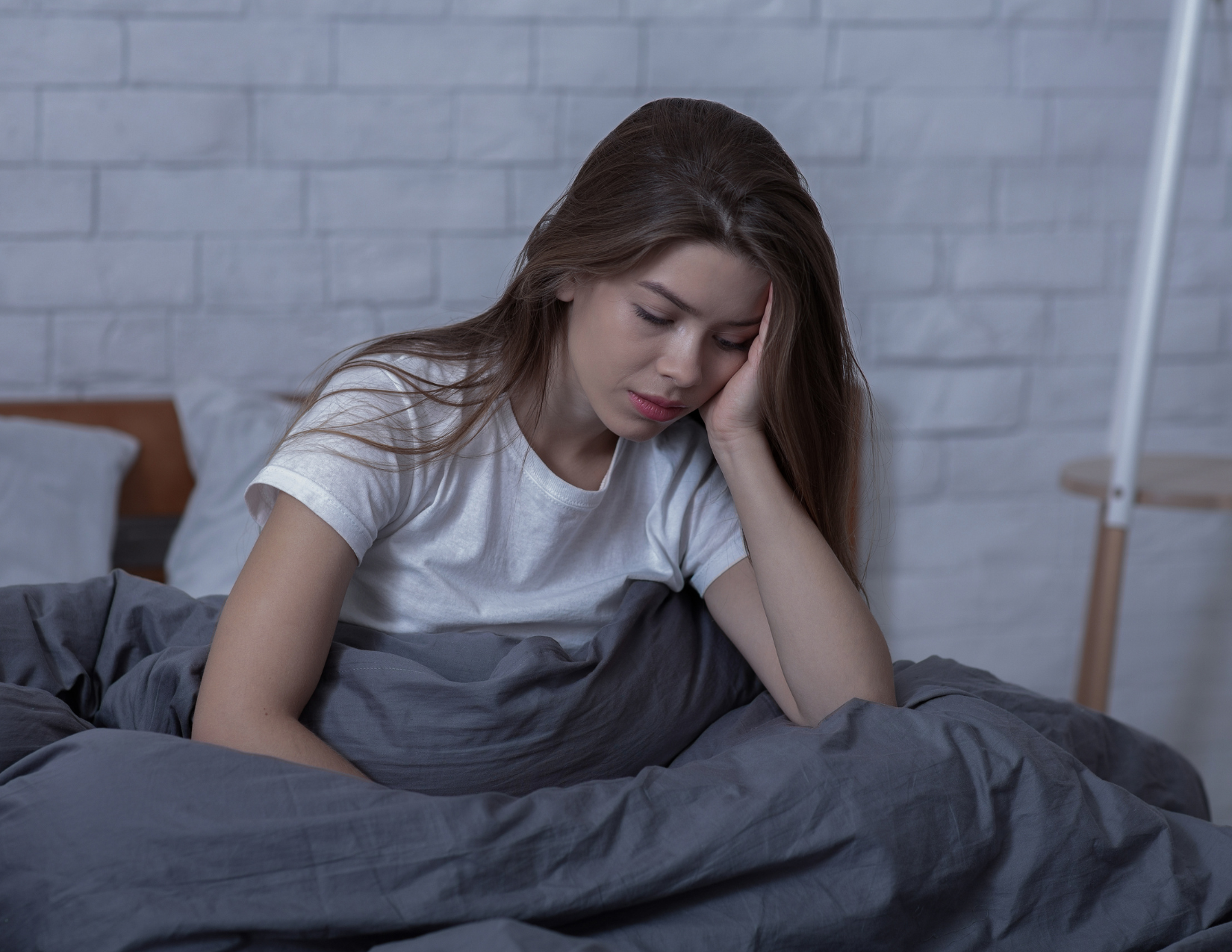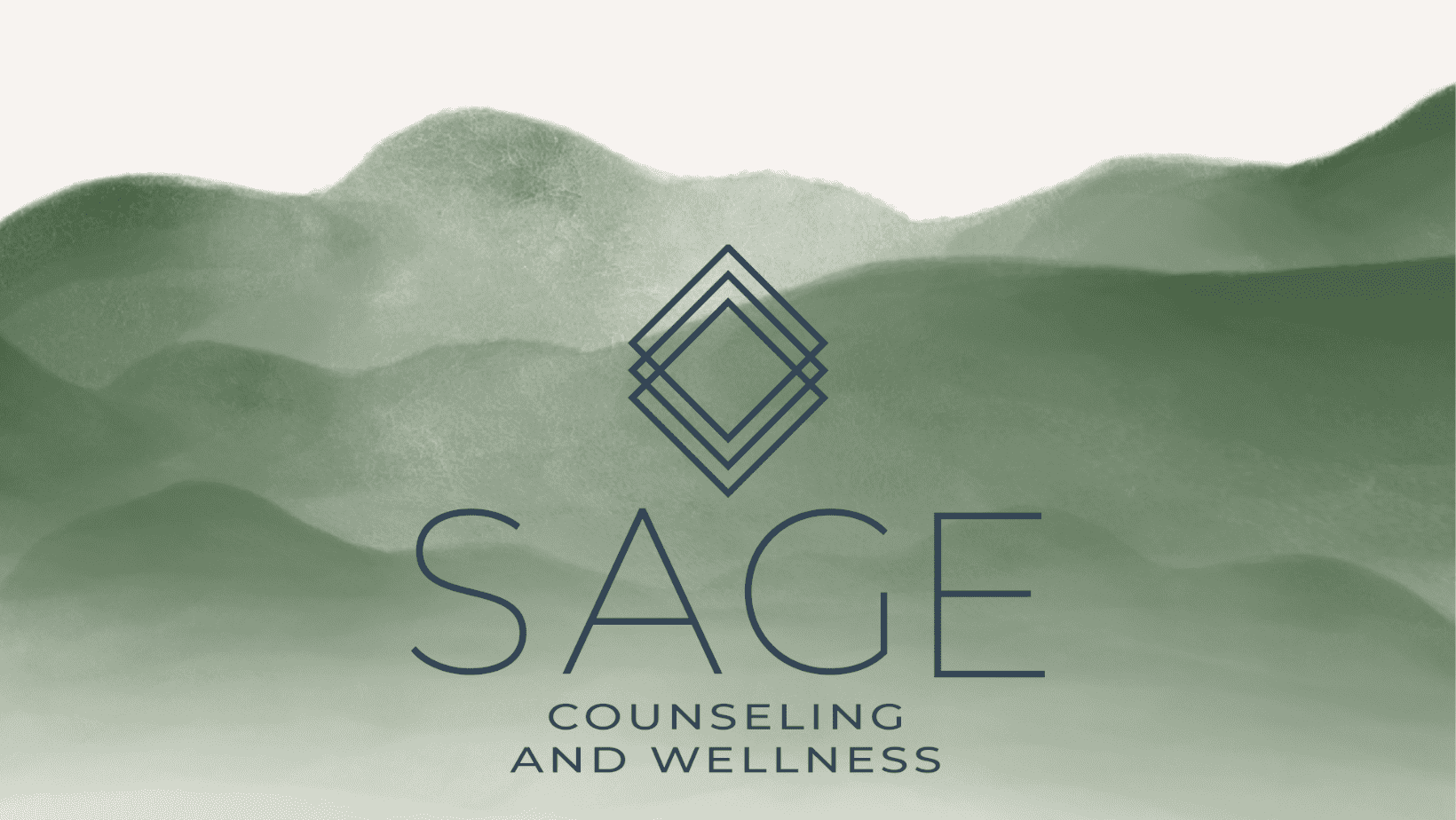
Top 10 Helpful Resources to Beat Seasonal Depression
This post may contain affiliate links, which means we may receive a commission, at no extra cost to you, if you make a purchase through a link. Please see our full disclosure https://sagecounselingtherapyandwellness.com/disclosure-privacy-policy-terms-of-use/ for further information.
As we all know, winter brings on shorter days, colder temperatures, and more time cooped up inside. What we may not all know, though, is that the onset of winter also increases the rate of depression. Seasonal Affective Disorder (SAD), commonly referred to as seasonal depression, affects about 5% of the population [1]. Although it may seem like just about everyone gets bummed out by the sun setting sooner in the winter, the symptoms of SAD are much more serious than fleeting feelings of sadness or frustration with the cold weather. Navigating seasonal depression can be a difficult journey, which is why we are here to provide our top 10 resources to help you manage seasonal depression during the colder, darker months.
What is Seasonal Depression?
Seasonal affective disorder/seasonal depression is a subset under the umbrella term of depression, and typically manifests during the colder and darker seasons, like Fall and Winter, when daylight hours dwindle. The main feature of seasonal depression is a persistent sad mood that lasts for most of the day, basically every day, and is exacerbated by the lack of sunlight. People with seasonal depression typically find themselves feeling hopeless, unmotivated, exhausted, and overall low. Additionally, they may experience changes in sleep patterns, whether that be oversleeping or having trouble falling/staying asleep. They often struggle with concentrating on tasks and making decisions. Finally, people who struggle with SAD may find themselves more susceptible to cravings for carbohydrates and weight gain.
You may be wondering: how can I differentiate this from regular depression? The seasonal aspect of this disorder is tied to getting less exposure to natural sunlight during Fall and Winter. This reduction in sunlight can disrupt the body’s internal clock, or circadian rhythm, and affect the production of neurotransmitters like serotonin and melatonin [2]. This leads to a handful of biological changes that contribute to depressive symptoms. If you find that your mood is typically healthy throughout the year, but that you experience depressive symptoms once Fall and Winter hit, you may benefit from looking into diagnosis/treatment for SAD.
Recognizing the symptoms of seasonal depression is crucial for timely treatment and support. Seeking professional guidance, social support, and, for some, medication, may help alleviate these symptoms. For many individuals, understanding the symptoms of depression and why they come about will help work your way through these feelings, as well as gain insight into coping mechanisms to help alleviate them. See below for some of our favorite resources on depression!
Top Resources for Depression:
1. Unfuck Your Brain: Getting Over Anxiety, Depression, Anger, Freak-Outs, and Triggers With Science (5-Minute Therapy) by Faith Harper, Ph.D.
This book offers a refreshingly straightforward and practical guide to dealing with anxiety, depression, anger, and triggers. The author supports her advice with scientific principles, providing context behind the coping mechanisms she teaches. The particular emphasis of this book is on 5-minute therapy techniques that can make the mental health struggles you may be dealing with seem less powerful and controlling of your mood and life.
2. HappyLight® Luxe – Light Therapy Lamp with 10,000 Lux
Light therapy is SAD’s enemy—for many, it helps decrease seasonal depression notably. This light therapy lamp mimics natural sunlight, addressing the reduced exposure to sunlight during the darker months. This exposure to light helps regulate your body’s circadian rhythm and boosts the production of serotonin, leading to a happier mood. This treatment is non-invasive and easy to practice, making it a great option for those struggling with SAD.
3. Winter Blues: Everything You Need to Know to Beat Seasonal Affective Disorder by Norman E. Rosenthal
This book acts as a guide to navigating the challenges posed by SAD specifically, drawing on research to support its claims. The author explores the origins of seasonal depression and goes in-depth into the specific symptoms. You will finish reading not only more educated on the disorder but equipped with the proper coping skills to manage it.
4. I Don’t Want to Talk About It: Overcoming the Secret Legacy of Male Depression by Terrence Real
It is no secret that there is a negative stigma between men and mental health. The stigma that men are not allowed to feel things or experience struggles with mental health can make it even harder for them to deal with depression, as they feel they must deal with it alone. This book breaks down this stigma and how it came to be, as well as goes through tools designed specifically for men to help alleviate their depression.
5. Depression Relief Journal: Creative Prompts & Mindfulness Practices to Release Negative Emotions by Maggie C. Vaughan
This guided mindfulness-centered journal provides prompts for reflection on how you are feeling, and practices for stepping away from your depression and into the present moment. Depression sometimes comes from regret or a lack of contentment for one’s life, but mindfulness can help redirect one’s attention toward the present moment and what they are grateful for increasing feelings of happiness.
6. The Happiness Trap: How to Stop Struggling and Start Living: A Guide to ACT by Russ Harris
This book is beneficial for those dealing with depression due to its teachings based on Acceptance and Commitment Therapy, or ACT. This form of therapy helps individuals break free from the difficult and seemingly endless cycle of negative thoughts and emotions, helping them replace them with acceptance and mindfulness. By emphasizing values-based living and flexibility, the book helps readers live a more fulfilling life and gain a fresh perspective, which may lessen feelings of discontentment and depression.
7. Sleepytime Tea
If you are having trouble sleeping and dealing with insomnia due to your depression, perhaps this tea can help! This non-caffeinated tea is designed to help you ease into your bedtime routine and fall asleep quicker, without involving melatonin or medications. The tea contains herbs known for their calming properties, which will help ease your body of anxieties before bed.
8. Permission to Feel by Marc Brackett, Ph.D.
Many people may feel guilty for feeling depressed, especially around the holidays, when we are “supposed” to feel joyous and grateful. This book will help comfort you that there is no shame in the way you feel, and help you feel inspired to work through your emotions healthily.
Since the winter months are cold and dark, you are likely not getting as much vitamin D from natural sunlight compared to the sunnier months. Taking a vitamin D supplement may help even out this deficiency, and some studies claim that it can even improve your mood [2]. Consult with your doctor before starting to take any new vitamins.
10. Yoga Dice
Although it may feel too cold to go on a run or play sports outside, doing yoga is an amazing way to get your body moving and cultivate a feeling of calm, while staying inside. Exercise releases endorphins in the brain that make you feel happier and more awake [3], which is another reason why yoga can help with depression. Check out these yoga dice to help spice up your yoga routine and make it more fun!
Never give up on your journey with seasonal depression, or depression in general. With the help of your support system, a professional, therapy, and these resources, there are practical steps you can take to alleviate your symptoms and become a happier, healthier you. You’ve got this!
To discuss how therapy could help you during this season of your life, please contact me or schedule your free 15 minute consultation.
Want to read more? Here are a few of my related blog posts you may be interested in checking out!




0 Comments